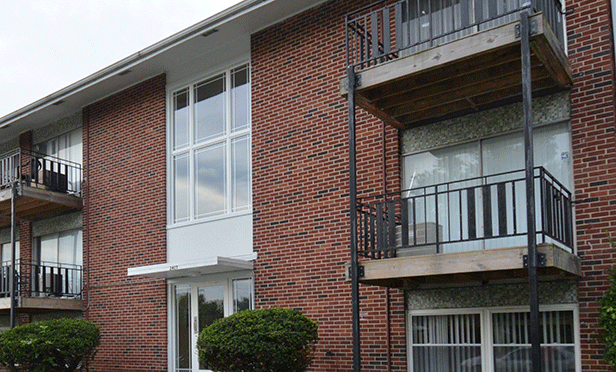More than ever, lenders and brokers are relying on hard data on the multifamily real estate market—from analytics to unusual metrics—to maximize returns and mitigate risk, wrote Tim Blackwell, president of Ballpark Impressions, in a blog for RealPage. “Operators, developers and investors began watching data closely when the current cycle began skidding this spring,” he wrote.
Blackwell pointed to BH Management and Simpson Housing as among the companies relying more on transaction-driven research in this current environment.
Senior Vice President of Revenue Management Bryan Hilton at BH Management Services—listed as the ninth largest property management firm in the US—began focusing on occupancy, rent roll, revenue, concessions and other metrics within markets to optimize his company’s next moves.
“We’re looking at how the market’s performing around us,” Hilton told Blackwell. “We don’t know what’s coming next, so we’re kind of feeling our way along. And it’s been really helpful to have the industry let us know what they’re seeing so we can form our strategies.”
BH Management has one eye on employment rates and rent payments and another on how concessions are affecting occupancy, according to the firm’s Senior Revenue Manager Sierra Zielke Garza, who also noted how using forecasting models was now the thing.
“Like everyone else, the immense job loss has our attention, and those delinquency challenges are things that we are facing right alongside the rest of the country right now,” Garza said in the same blog. “But paying attention to the occupancy and concessions in our markets, and just the overall impact to revenue in itself, has assisted us in taking the next step in our action plan.”
Collections is another aspect of property management that’s also shifted among developers and investors and why making the link between altered top price points and rent at stable assets has become crucial, Blackwell wrote.
“Now, they’re looking at external data showing how competing properties are managing rent payments at a time when some residents have been temporarily furloughed or lost jobs,” he wrote. “These companies are turning to NMHC, RealPage and other multifamily data providers to get as much information as possible on what’s happening every month with collections by market, class level, or urban versus suburban.”
Blackwell noted that Simpson Housing—a national real estate development and portfolio management firm primarily focused on the multifamily market—was using real-time market data on lower rents, concessions and wobbly occupancy to determine the firm’s best course of action to move the needle on rents.
Blackwell said trade-out information can help paint a bigger picture of the lease potential of a specific area and shed light on market conditions via metrics, such as rent revenue per available square foot since renewals are a high percentage of leases currently being signed.
So can lease demographic information, which shows the average income of renters signed in an area, and helps to illustrate the cushion between average rent and what people can afford, and whether that cushion is expanding or contracting, according to the blog.
“We’re able to help our teams create more of a realistic budget. That yields a stronger performance and even better buy-in with our on-site teams,” Garza at BH Management said.
But colleague Hilton said the volatile times call for constant readjustments.
“We definitely see ourselves falling away from the budget,” Hilton said. “But in the longer term, [with] the three- and five-year forecasts, we’re looking at that [data] for rehabs, new acquisitions and developments because long-term we’ve seen the forecast and it looks like it’s coming back within those time frames.”
